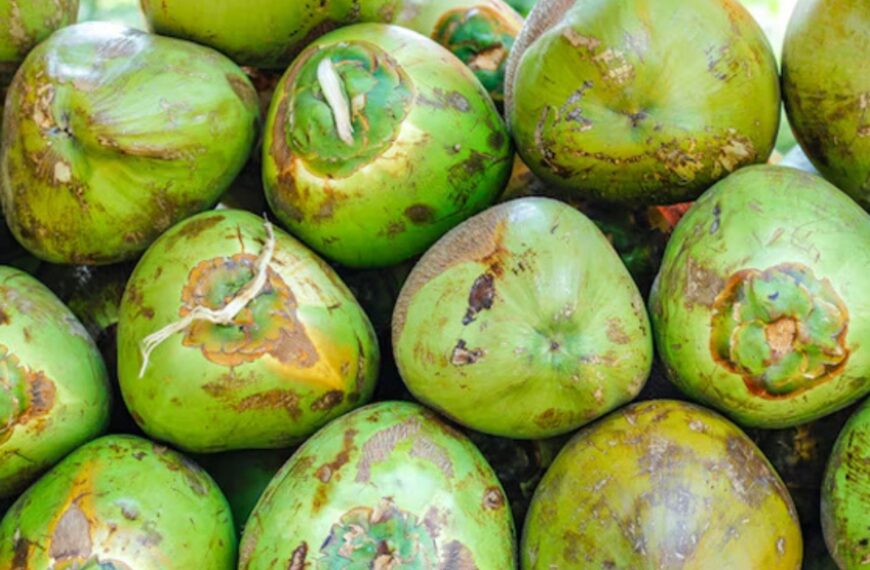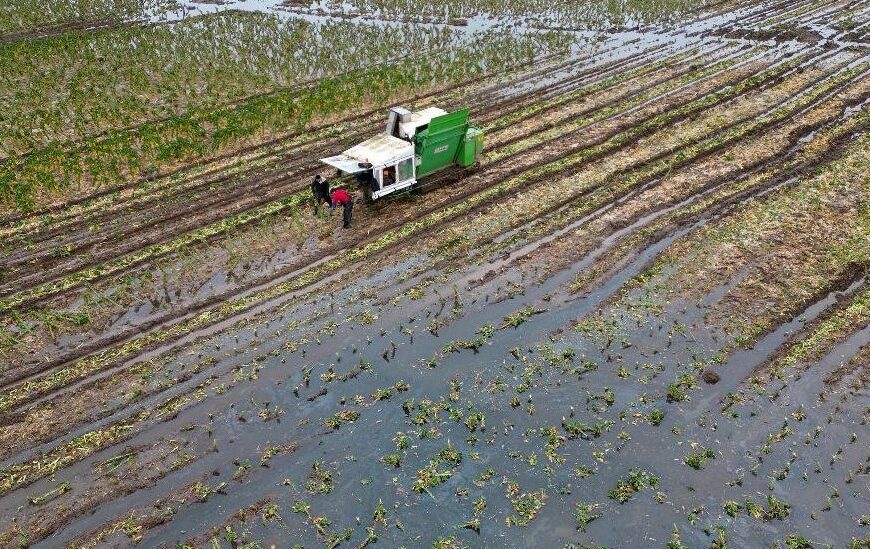
U.S. agricultural leaders, farm organizations, and rural health advocates are urging the White House to formally integrate farmer and rural community perspectives into the forthcoming MAHA Health Policy — a flagship public health strategy aiming to modernize healthcare access across the United States.
The Modernizing American Health Access (MAHA) policy, set to be unveiled later this year, seeks to revolutionize healthcare infrastructure, digital access, and preventive services nationwide. However, stakeholders say that unless the voices of farmers, ranchers, and rural workers are actively included, the policy risks overlooking the unique challenges faced by one of America’s most critical but underserved populations.
Agriculture Sector Seeks Representation
Major agricultural associations, including the American Farm Bureau Federation (AFBF), National Farmers Union (NFU), and Rural Health Alliance, have jointly submitted policy recommendations to the Department of Health and Human Services (HHS), calling for dedicated rural health task forces, improved mental health services for farm families, and targeted telehealth expansion.
“Farmers don’t just feed the country they are small business owners, caregivers, and the backbone of rural economies,” said Zippy Duvall, President of AFBF. “We need a health system that recognizes their unique workloads, geographic barriers, and stress levels.”
Health Disparities in Rural America
According to data from the Centers for Disease Control and Prevention (CDC), rural Americans face significantly higher rates of chronic illnesses, depression, farm-related injuries, and limited healthcare access compared to their urban counterparts. Over 60% of rural counties in the U.S. are classified as primary care shortage areas, and farm families often struggle with high insurance premiums and limited provider networks.
Mental health, in particular, has emerged as a pressing concern. “We’re seeing a spike in suicide rates among farmworkers due to financial stress, climate uncertainties, and isolation,” said Mary Kane, Director of the Rural Mental Wellness Network. “MAHA needs to offer more than just access; it must deliver culturally competent, localized care.”
Technology and Telehealth Can Bridge Gaps
One key recommendation from rural advocates is the expansion of broadband infrastructure and rural tele health clinics. While the COVID-19 pandemic accelerated telemedicine usage, lack of reliable internet in remote areas continues to block consistent care. Advocates are urging the White House to mandate federal funding for rural connectivity and ensure that telehealth services include mental health and agricultural stress-specific counseling.
Political Support Grows
Bipartisan voices from Capitol Hill are also backing the call. Senator Jon Tester (D-MT) and Senator Chuck Grassley (R-IA) recently co-sponsored the “Rural Voices in Health Act,” which would require rural stakeholder input in all federal health planning. “Healthcare can’t be one-size-fits-all,” said Sen. Tester. “Farmers deserve policies that reflect their reality.”
Next Steps
As the MAHA framework moves into final drafting, the White House has signaled openness to engagement. A series of regional stakeholder meetings are planned for July and August, including sessions in Iowa, Nebraska, and Georgia key agricultural states.
Advocates remain hopeful. “By listening to farm families, we can build a health policy that truly works for all Americans,” said Kane
U.S. Farmers Push for China Trade Relief Amid Ongoing Ag Export Losses
U.S. agricultural groups and farming leaders are pressing the Biden administration to prioritize trade relief measures with China, as American farmers continue to suffer from prolonged export declines and tariff-related losses. Despite diplomatic efforts and temporary relief programs, agricultural exports to China have not returned to pre-trade war levels, prompting fresh calls for long-term policy solutions.
The issue has gained urgency as major commodity producer including soybean, corn, pork, and dairy farmers report ongoing financial strain due to market access barriers, retaliatory tariffs, and stiff competition from other exporting nations.
Trade Tensions Still Hurting U.S. Farmers
While a partial thaw in U.S.–China relations occurred following the Phase One trade agreement signed in 2020, the promised increases in Chinese purchases of American agricultural goods have fallen short. According to data from the U.S. Department of Agriculture (USDA), exports to China in the 2024–25 fiscal year are down nearly 12%, largely due to unfulfilled procurement targets and increased reliance by China on Brazilian and Russian suppliers.
“American farmers have waited long enough,” said Scott VanderWal, Vice President of the American Farm Bureau Federation (AFBF). “We need a renewed trade strategy that gets results, not just promises. China remains one of our biggest markets, and we’re losing ground every season.”
Economic Impact on Rural America
The effects of the ongoing trade imbalance are being felt most acutely in rural economies. Many family-run farms, especially in the Midwest, are struggling with mounting debt, reduced crop prices, and overstocked silos, as their access to key export markets remains blocked or diminished.
In Iowa, for example, soybean farmers have faced price volatility and lost nearly $1 billion in projected revenue over the past three years, according to the Iowa Soybean Association. “We’ve had to cut costs, delay equipment upgrades, and rethink entire planting strategies,” said local farmer Jake Morrison from Greene County. “If this continues, small farms like mine won’t survive.”
Calls for Policy Intervention
In response to growing pressure, lawmakers from agricultural states including Senators Chuck Grassley (R-IA) and Debbie Stabenow (D-MI) have introduced a “Farm Trade Equity Act”, aimed at compelling the U.S. Trade Representative (USTR) to initiate high-level negotiations with China and develop crop-specific relief packages.
Key demands from the farming sector include:
- Tariff relief or refunds for affected commodities
- Expanded USDA purchase programs to stabilize prices
- Access to alternative markets through new trade agreements
- Stronger enforcement of existing trade pledges by China
Looking Ahead
The Biden administration has expressed awareness of the issue but stopped short of committing to new tariffs or incentives. “We continue to monitor agricultural trade flows and are actively engaging with our Chinese counterparts,” said a USTR spokesperson. However, many farmers argue that “monitoring” is not enough, especially as competitors like Brazil and Argentina strengthen their hold on global markets.
Final Word
As the 2025 harvest season approaches, America’s farmers are seeking more than diplomatic assurances they want concrete trade outcomes that secure fair access to the Chinese market. Without timely intervention, the cumulative impact of lost exports and shrinking profits may reshape the future of U.S. agriculture for years to come.


















